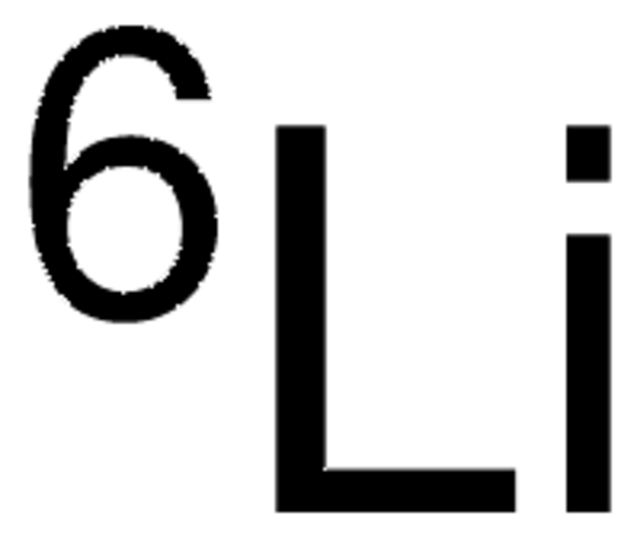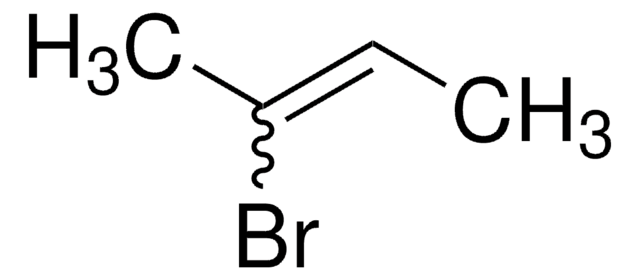Kluczowe dokumenty
278327
Lithium
wire, diam. 3.2 mm, in mineral oil, ≥98%
About This Item
Polecane produkty
Próba
≥98%
Formularz
wire
zawiera
copper as stabilizer
przydatność reakcji
reagent type: reductant
charakterystyka ekologicznej alternatywy
Design for Energy Efficiency
Learn more about the Principles of Green Chemistry.
sustainability
Greener Alternative Product
rezystywność
9.446 μΩ-cm, 20°C
Średnica
3.2 mm
zanieczyszczenia
0.5-1% sodium
bp
1342 °C (lit.)
mp
180 °C (lit.)
gęstość
0.534 g/mL at 25 °C (lit.)
Zastosowanie
battery manufacturing
kategoria ekologicznej alternatywy
ciąg SMILES
[Li]
InChI
1S/Li
Klucz InChI
WHXSMMKQMYFTQS-UHFFFAOYSA-N
Szukasz podobnych produktów? Odwiedź Przewodnik dotyczący porównywania produktów
Opis ogólny
Zastosowanie
Hasło ostrzegawcze
Danger
Zwroty wskazujące rodzaj zagrożenia
Zwroty wskazujące środki ostrożności
Klasyfikacja zagrożeń
Skin Corr. 1B - Water-react 1
Zagrożenia dodatkowe
Kod klasy składowania
4.3 - Hazardous materials which set free flammable gases upon contact with water
Klasa zagrożenia wodnego (WGK)
WGK 1
Temperatura zapłonu (°F)
Not applicable
Temperatura zapłonu (°C)
Not applicable
Wybierz jedną z najnowszych wersji:
Masz już ten produkt?
Dokumenty związane z niedawno zakupionymi produktami zostały zamieszczone w Bibliotece dokumentów.
Klienci oglądali również te produkty
Produkty
Increasing fuel costs and concerns about greenhouse gas emissions have spurred the growth in sales of hybrid electric vehicles (HEVs) that carry a battery pack to supplement the performance of the internal combustion engine (ICE).
Nanomaterials for Energy Storage in Lithium-ion Battery Applications
Nanomateriały do magazynowania energii w akumulatorach litowo-jonowych
Professor Qiao’s laboratory lays out recent advances in conversion type lithium metal fluoride batteries. This review explores key concepts in developing electrochemically stable microstructures for wide Li-ion insertion channels.
Nasz zespół naukowców ma doświadczenie we wszystkich obszarach badań, w tym w naukach przyrodniczych, materiałoznawstwie, syntezie chemicznej, chromatografii, analityce i wielu innych dziedzinach.
Skontaktuj się z zespołem ds. pomocy technicznej





